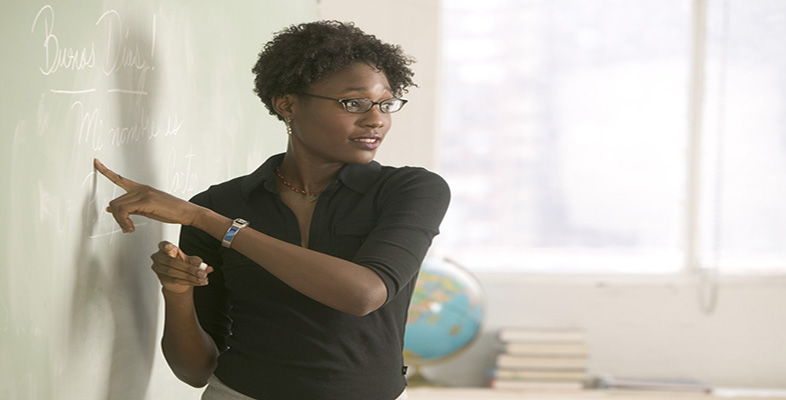1.3 The role of student teachers in ITE
A student teacher’s role during ITE is to learn. This may sound rather obvious. However, looking at Zeichner's ideas and Taylor’s research, there is a clear distinction in the way student teachers are perceived and expected to behave as learners, in the paradigms and approaches.
Activity 3: Examine paradigms
Looking at each of Zeichner’s paradigms (1983) from Section 1.1, make some notes on how you might complete the table below.
| Paradigm or approach | Where knowledge comes from | Student teacher’s role in learning process |
|---|---|---|
| Behaviouristic | ||
| Personalistic | ||
| Traditional craft | ||
| Enquiry orientation |
Discussion
Analysing where knowledge comes from, and the student teachers’ role in the learning process, may have led you to draw a distinction between paradigms. The ‘behaviouristic’ and ‘traditional craft’ paradigms require student teachers to copy and adopt pre-existing practice and accept knowledge as presented by an ‘expert’ such as a university tutor or school based mentor. The ‘Personalistic’ and ‘Enquiry orientation’ paradigms require student teachers to develop individually and play an active part in creating new knowledge and understanding.
This can be characterised generally as the differences between a transmission model of teaching (akin to a traditional lecture mode of delivery) and a student-centred model of co-construction of knowledge.
